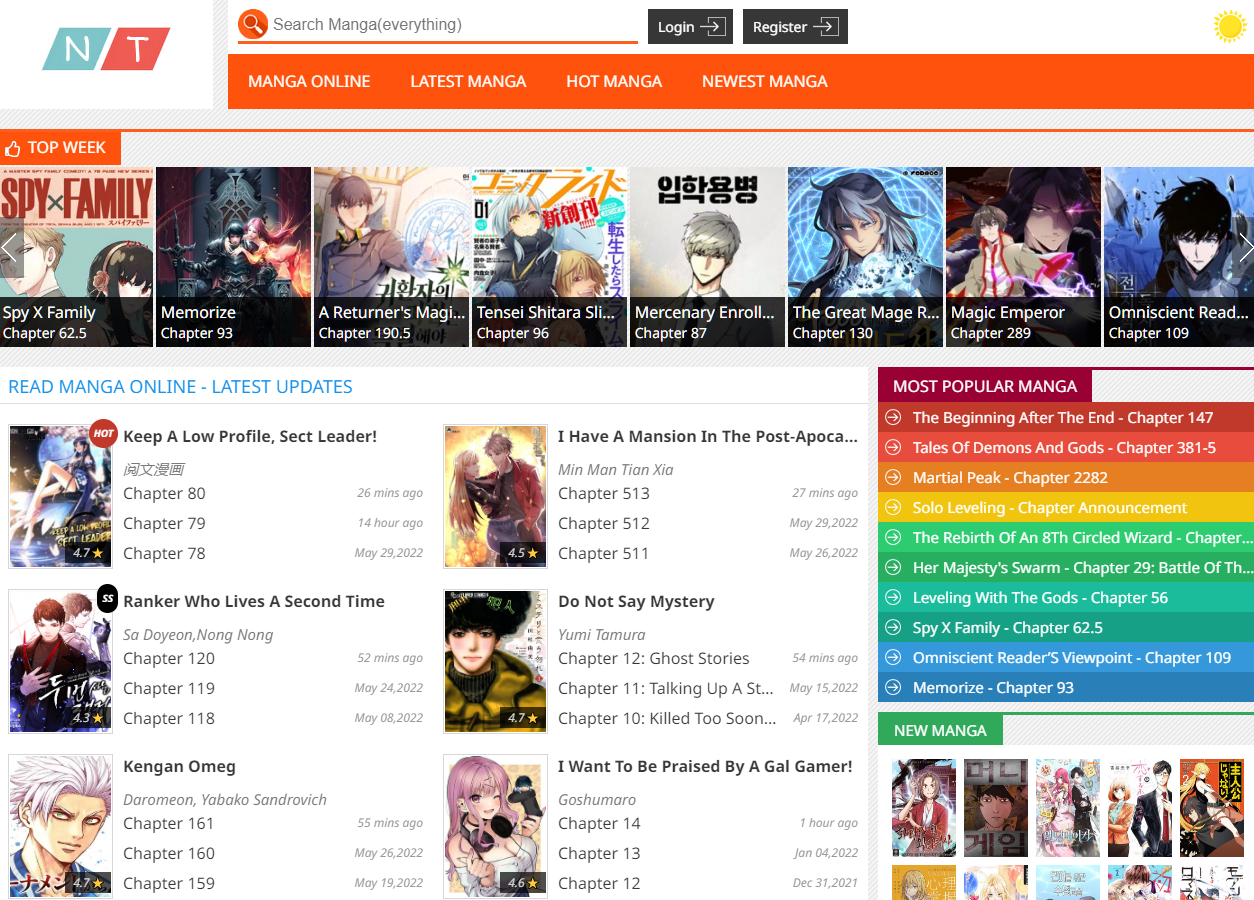Kung Fu Klutz & Karate Cool
₫2.447.976
Kung Fu Klutz & Karate Cool |+: Bold and Exciting Stories for Mature Audiences
Product description
: A brief synopsis of the main storyline that captures the essence of the narrative arc.
This structural approach ensures that readers engage with the material meaningfully, encouraging them to explore further.
Engaging the Audience
Summaries serve as gateways to larger discussions and analyses of manga. By providing an overview of essential elements, they invite readers to share interpretations, critiques, and insights. This interactive aspect fosters a sense of community among manga enthusiasts.
Furthermore, engaging summaries can enhance social media presence, attracting followers who are eager to consume more manga-related content. By summarizing popular series or trending titles, content creators can generate buzz and stimulate conversations, benefiting both creators and fans alike.
Creating Compelling Manga Summaries: Techniques and Tips
Crafting engaging Manga summary Fractions requires skill and an understanding of narrative structure. Here, we delve into techniques and tips to create compelling summaries that resonate with readers.
Know Your Audience
Understanding your target audience is crucial when crafting a summary. Are you addressing seasoned manga readers or newcomers? Tailoring your language and focus based on audience familiarity can significantly impact engagement levels.
For seasoned readers, delve into nuanced aspects of the storyline and character dynamics. Conversely, for newcomers, keep the language straightforward, focusing on core elements without overwhelming jargon. Establishing this connection is fundamental to piquing interest.
Focus on Core Elements
Prioritize essential plot points, characters, and themes that define the manga. Avoid unnecessary details that could muddle the narrative. For instance, while side characters may be impactful, they should only be included if pertinent to the overall story.
Utilize active voice and vivid descriptions to bring the summary to life. Instead of stating facts blandly, paint a picture that captures the reader's imagination. Showcasing moments of tension or emotional depth can entice readers, making them eager to explore the full narrative.
Use Engaging Language
Language matters; using engaging and descriptive vocabulary can elevate your summaries. Analogies and metaphors can create vivid imagery, transforming a basic synopsis into an intriguing narrative.
Consider employing questions to invoke curiosity. Phrasing like, "What happens when fate intertwines the destinies of two seemingly opposite characters?" can spark intrigue, prompting potential readers to seek answers within the manga itself.
Revise and Refine
Writing a summary is an iterative process. Review and revise your work, ensuring clarity and conciseness. Seek feedback from trusted peers to gain fresh perspectives. Their insights may reveal areas for improvement that you might overlook.
A polished summary not only demonstrates professionalism but also reflects respect for the material and its creators. Investing time in revision signals dedication to delivering high-quality content to your audience.
FAQs About Manga Summaries
What is a Manga summary?
A Manga summary is a concise overview of a manga series that highlights key plot points, character dynamics, and themes. It serves as a navigational tool for readers to understand the story without delving into the entire text.
Why are Manga summaries important?
Manga summaries are essential as they provide quick access to vital information about a series. They assist new readers in getting acquainted with the plot while aiding seasoned fans in refreshing their memories.
How do I write an effective Manga summary?
To write an effective manga summary, focus on core plot points, character insights, and overarching themes. Engage your audience with descriptive language and maintain clarity throughout the text.
Can Manga summaries contain spoilers?
While summaries may include critical plot points, it's best to avoid significant spoilers that could detract from the reading experience. Aim to intrigue rather than reveal everything.
Where can I find quality Manga summaries?
Quality Manga summaries can often be found on dedicated manga websites, fan forums, and book review platforms. These sources provide a wealth of perspectives on various series, enhancing your understanding of the material.
Conclusion
Diving into the world of manga opens doors to a plethora of stories waiting to be discovered. Utilizing Manga summary Fraction approaches not only enriches our understanding of the narratives but also fosters a deeper appreciation for the art form.
By dissecting complex plots into manageable segments, we enable a broader audience to engage with these intricate tales. Whether you're a newcomer exploring the enchanting realms of manga or a seasoned enthusiast revisiting beloved stories, summaries provide valuable insights that enhance the reading experience.
As this captivating medium continues to evolve, the importance of thoughtful summaries will remain paramount in bridging connections between stories and their readers. Embrace the journey, and let the world of manga unravel before you!
Read Full: Bermuda
Unraveling the Depths of Storytelling - A Comprehensive Manga Summary Fraction
The world of manga is vast and filled with diverse narratives that captivate audiences across the globe. In this exploration, we will examine the concept of Manga summary Fraction, which encapsulates the essence of a story while breaking it down into digestible segments. This summary approach allows readers to grasp the core elements of complex tales, ensuring that even the most intricate plots can be understood and appreciated.
Understanding Manga: An Intricate Art Form
Manga is not just a form of entertainment; it's an intricate art form that combines visual artistry with storytelling. The fusion of illustrations and narrative creates an immersive experience that transcends cultural boundaries.
Historical Background of Manga
The origins of manga date back centuries, with roots in Japanese artworks and literature. Early forms of caricature and comic storytelling can be traced to the 12th century, where they were used to communicate stories visually. However, modern manga as we know it began to take shape in the late 19th century.
During the Meiji era, Western influences began to permeate Japanese culture, leading to the emergence of illustrated magazines. These publications paved the way for serialized narratives, establishing the groundwork for contemporary manga. As the genre evolved, it diversified into various styles, catering to different demographics, from shonen (targeted at young boys) to shojo (targeted at young girls).
Artistic Elements of Manga
The artistic style of manga varies significantly among different genres and artists. From detailed illustrations to minimalistic designs, each artist brings their unique flair to the medium.
Panels are an essential component of manga, guiding the reader's eye through the story. The arrangement of images and text creates rhythm, pacing, and engagement. The use of "speed lines," exaggerated expressions, and dynamic backgrounds enhances action scenes, immersing the reader deeper into the narrative.
Themes and Genres in Manga
Manga encompasses a myriad of themes and genres, making it a multifaceted medium. Common themes include love, friendship, rivalry, and self-discovery. Genres range from fantasy and science fiction to horror and slice-of-life, providing something for every taste.
For example, fantasy mangas like "One Piece" transport readers to fantastical worlds teeming with adventure, while slice-of-life series like "March Comes in Like a Lion" explore the intricacies of daily life and emotional struggles. This diversity invites readers to form connections with characters and situations, making the experience incredibly personal.
The Role of Manga Summaries in Reader Engagement
In an age where time is precious, Manga summaries serve as vital tools for readers seeking concise yet comprehensive overviews of their favorite series. They allow enthusiasts to stay abreast of plot developments without getting lost in the details.
The Importance of Conciseness
Manga summaries distill complex narratives into succinct formats, highlighting key events, character arcs, and thematic elements. This conciseness benefits both new and seasoned readers. Newcomers can grasp the storyline quickly, while long-time fans can use summaries to refresh their memory or catch up on ongoing series.
Moreover, brevity fosters accessibility. In a world saturated with content, well-crafted summaries stand out, enticing readers to delve deeper into the material. A compelling summary can spark interest, drawing individuals into the captivating realm of manga.
Structure of Effective Summaries
An effective Manga summary Fraction should consist of several key components:
- Plot Overview







